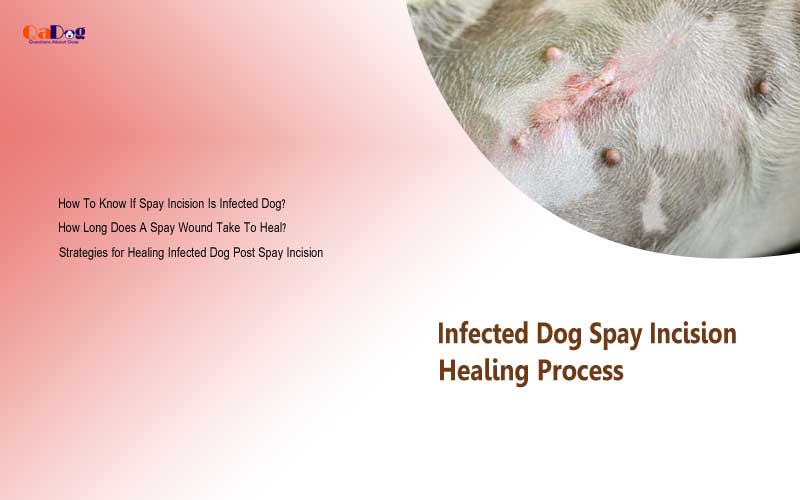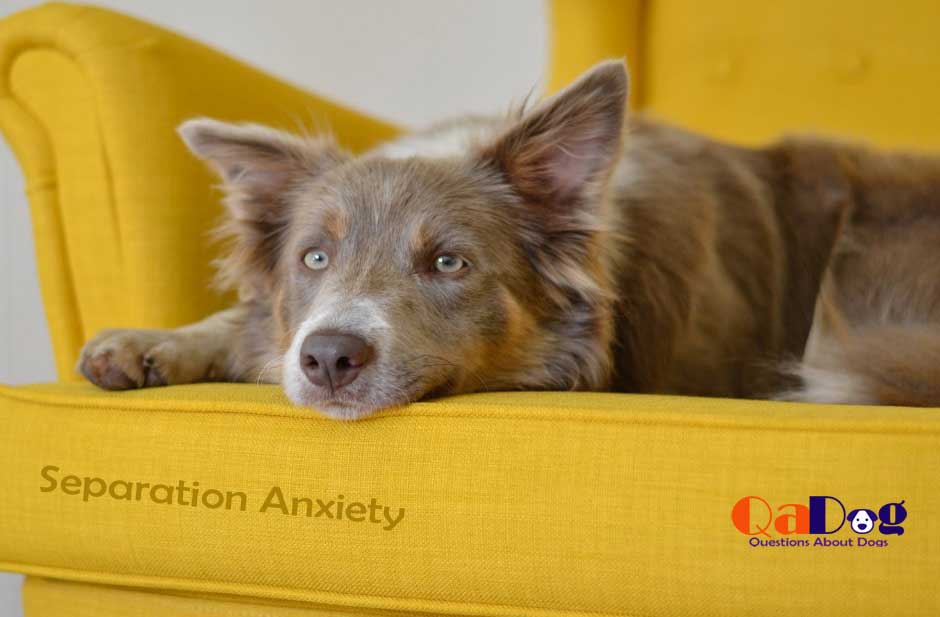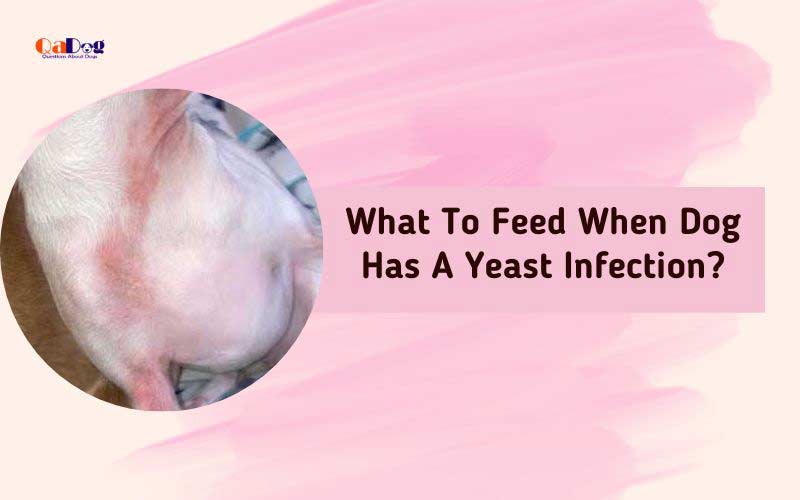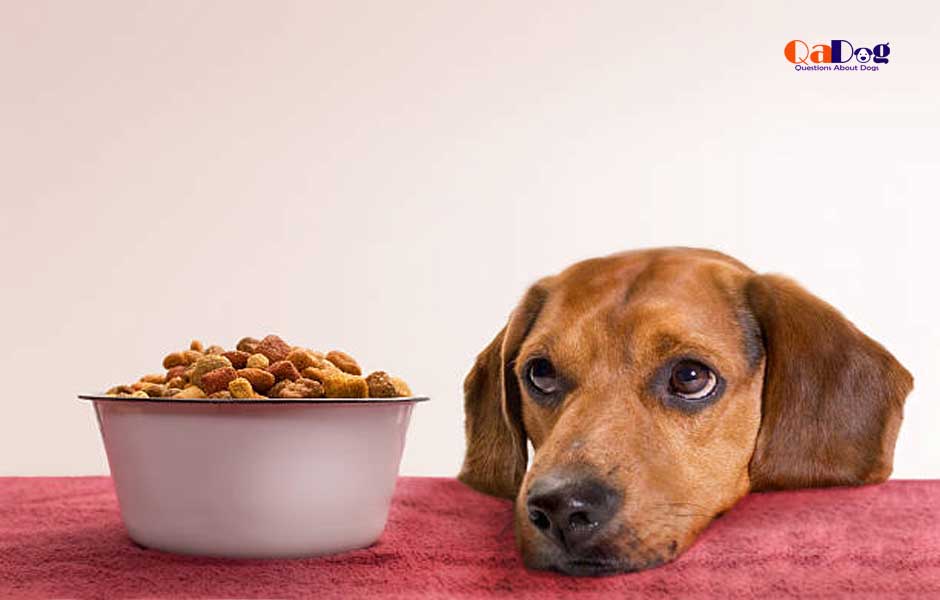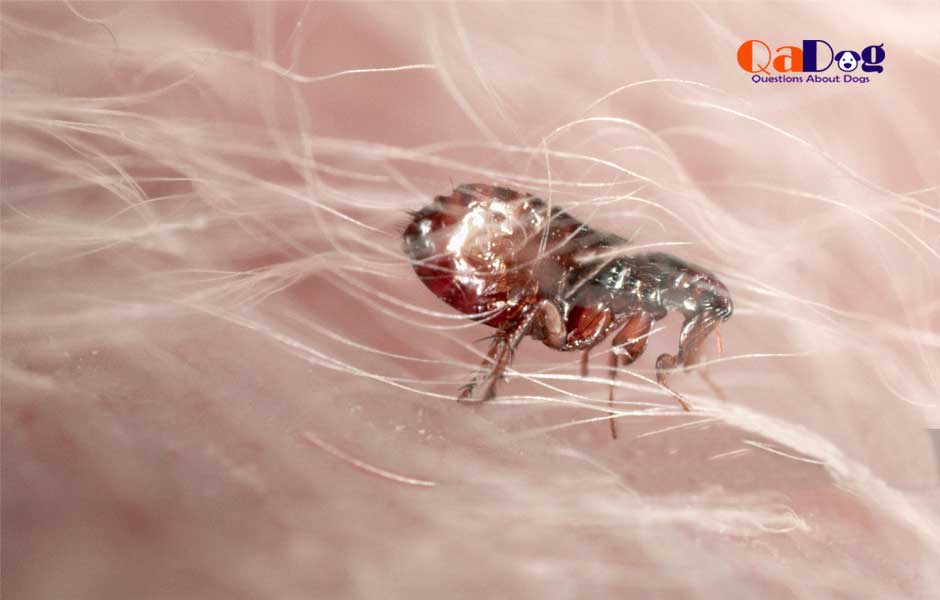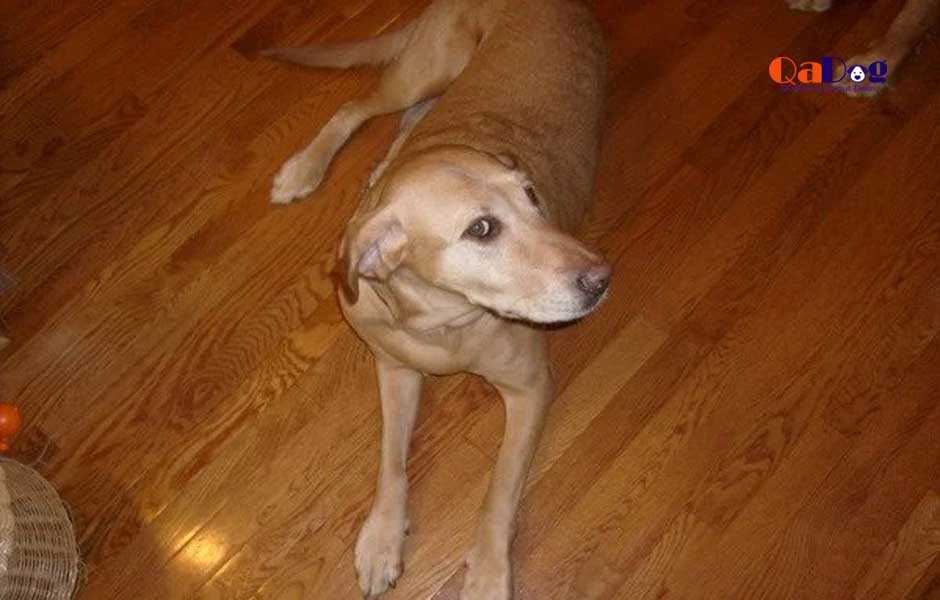Products are linked after in-depth research. From qualifying purchases, I receive commissions as an Affiliate Associate but with no extra cost to the buyers.
Spaying, or ovariohysterectomy, is a common term for a special surgical procedure performed on female dogs to remove their reproductive organs. While spaying is generally considered a safe procedure, there is a risk of post-surgical infections, which might cause complications or delay the healing process after the surgery is done. The infected dog spay incision healing process can be complex and requires prompt veterinary attention to prevent further damage or the spread of infection.
Infected spay incisions can be caused by a variety of factors, such as poor surgical technique, improper wound care, or a compromised immune system. Symptoms and indications of infection include redness, discharge, swelling and a foul odor from the incision site. In severe cases, your fur baby may also exhibit lethargy, anorexia and fever.
Through regular medical treatment along with care, most dogs suffering from infected spay incisions will fully recover within a few weeks.
Complications After Spaying a Female Dog
While spaying (ovariohysterectomy) is generally considered a safe and routine procedure, complications can be associated with the surgery. Some potential complications after spaying a female dog include Infection, Bleeding, Anesthesia complications, Urinary incontinence, Weight gain, Changes in behavior, and Delayed healing. However, keeping the surgery incision clean and dry is the most important fact. Licking and biting the spay incision after surgery might increase complications and might also lengthen the healing span. That’s why dog spay recovery suits are used, which keep your dog’s spay incision spot fully dry and clean.
How To Know If Spay Incision Is Infected Dog?
If you notice any previous signs or symptoms of an infected incision, you should also know how to treat an infected spay incision at home after taking a vet’s recommendation. Here are a few symptoms which refer to an infected spay incision in your dog:
- Redness and swelling around the incision area: If the area around the incision appears swollen, there might be something fishy. A healthy incision will be pinkish in color, but if the area around the incision is red, it may be infected. Again, there might be any discharge, irritation, and other signs of an infection.
- Increased warmth or heat around the incision area: When an area becomes infected, it can cause inflammation and increased blood flow to the area, resulting in warmth and heat. Mainly, chemical reactions and combustion increase in that spot. Increased warmth or heat around the incision site may indicate infection.
- Discharge or pus coming from the incision area: If you notice any discharge, such as pus or blood, from the incision area, there is likely an infection existing.
- Foul odor from the incision area: A bad odor coming from the incision area could also be a sign of infection.
- Your dog is constantly licking or scratching the incision area: If your dog is continually licking or scratching at the incision site, it could lead to an infection. These scratching and licking might make the premature infection convert to severe.
- Fever or lethargy: If your dog has a fever, he might be probably a prey to an infection. If your dog is unusually tired or inactive, this may indicate an infection.
How Does A Heal Dog Spay Incision Seem?
A healed dog spay incision should appear as a thin, hairless line, approximately 2-3 inches long, running along the dog’s abdomen. The incision site may appear slightly raised, but there should be no swelling, redness, or discharge present. In the case of a healing journey, the incision might look somewhat pinkish in color but not reddish at all. The skin surrounding the incision should be smooth. It is normal for the incision to have some scabbing or crusting in the first few days after surgery, but this should have healed within a week or two.
How Long Does A Spay Wound Take To Heal?
The healing time for a spay wound can vary depending on several factors such as age, health condition, genetic factors, diseases, and size of the furry companion. Generally, it takes about 10 to 14 days for the incision to fully heal, but it can take up to three weeks for the animal to fully recover. Within the first 14 days, the stitches will be healed and allowed to take off.
It’s also important to limit the animal’s activity and prevent them from licking, biting, or scratching at the incision site. With proper care and attention, your pet should fully recover within a few weeks.
Strategies for Healing Infected Dog Post Spay Incision
The healing process of a spay incision in an infected dog can be challenging, but there are strategies that can help improve the healing process. Here are some things you can do:
- Keep the incision area clean: Keeping the incision site clean and dry is important to prevent the infection from worsening. You should keep the area sanitized using a mild and soothing antiseptic solution such as chlorhexidine, several times a day. Avoid using any harsh disinfectants or alcohol-based solutions, as these can irritate the wound and slow down the healing process.
- Monitor the incision site: Keep a close eye on the incision site for any signs of redness, swelling, or discharge. If you encounter any abnormalities, call your vet instantly.
- Nutrition: Adequate nutrition supply is mandatory for your dog’s healing process. Make sure to supply her well-balanced diet that includes high-quality protein, minerals and vitamins.
- Give your dog antibiotics: If your dog has a confirmed infection, your vet will prescribe antibiotics to treat the infection.
- Provide a clean and comfortable resting area: Make sure your dog has a clean and comfortable place to rest free from dirt and debris. Avoid letting your dog run or jump around, as it can decelerate the healing procedure.
- Follow up with your vet: Make sure to follow up with your vet regularly to monitor the healing process. They might as well as suggest additional treatments, like wound dressings or pain relief medication.
Tips for Preventing Spay Incision Infections in Dogs
Preventing spay incision infections in dogs is essential to assure that she recovers within the shortest time and also without complications. Here are some tips to help prevent infections after a dog’s spay surgery:
- Prevent your dog from licking the incision site: Dogs tend to lick their wounds, which can cause further damage and delay healing. You can use a dog recovery onesie to abstain your furry kid from biting or licking the infected area.
- Limit the dog’s activity: Too much activity can cause the incision site to open, leading to infections. Restrict the dog’s activity for the first few days after the surgery and gradually increase their activity as they heal.
- Follow post-operative care instructions: Your veterinarian will provide detailed instructions for caring for your dog after surgery. You should follow the mentioned recommendations cautiously to assure a smooth recovery and minimize the infection risk. Starting from limited movement to diet change, you need to consider everything in this case.
- Use topical treatments: Your vet may prescribe or recommend topical treatments such as an antibiotic ointment or antiseptic solution to help prevent infection and promote healing. Regularly using these treatments will limit the risk of further infection in the incision spot and speed up the healing process.
- Ensure that the dog is up to date on vaccinations: Vaccinations can prevent infections, and you should ascertain if they are up to date on all vaccinations before the surgery. Lack of vaccination might delay the healing span and cause additional risks.
- Use a protective collar: To keep your dog restricted from licking or biting the incision site, use a dog spay recovery e-collar. This suit will prevent further irritation and help the incision to heal.
How To Put An Infected Spay Incision At Home?
Attempting to treat an infected spay incision at home can be risky and may worsen the condition. Delaying treatment can lead to further infection and complications, ultimately resulting in more extensive and expensive veterinary care in the long run. Hence, experts highly appreciate seeking advice from a licensed vet whenever you face complications.
Meanwhile, you should take initiatives to keep your pet comfortable and prevent further infection. Keep the post-spay incision zone dry, healthy and clean, and avoid letting your pet lick or scratch at the incision site. If necessary, you can use a soft cone to reduce your dog’s access from the incision spot. Spay and neuter incision recovery suits are also highly preferred by vets as it fully covers the incision and protects it from any external agent.
Conclusion of Infected Dog Spay Incision Healing Process
The healing process of a spay incision in an infected dog typically involves several stages. Initially, the infected area may be treated with topical ointment and mild antibiotics to prevent the post spay incision infection from further spreading. The incision area may be cleaned regularly, and the dog may need to wear a cone or recovery suit for post-surgery spay to prevent them from licking or scratching the wound. Over the time-lapse, the wound should begin to close and heal, with the incision site becoming less swollen and red. It’s essential to closely monitor the injury and follow the instructions from your veterinarian to ensure proper healing and prevent any further possible infections or complications.

